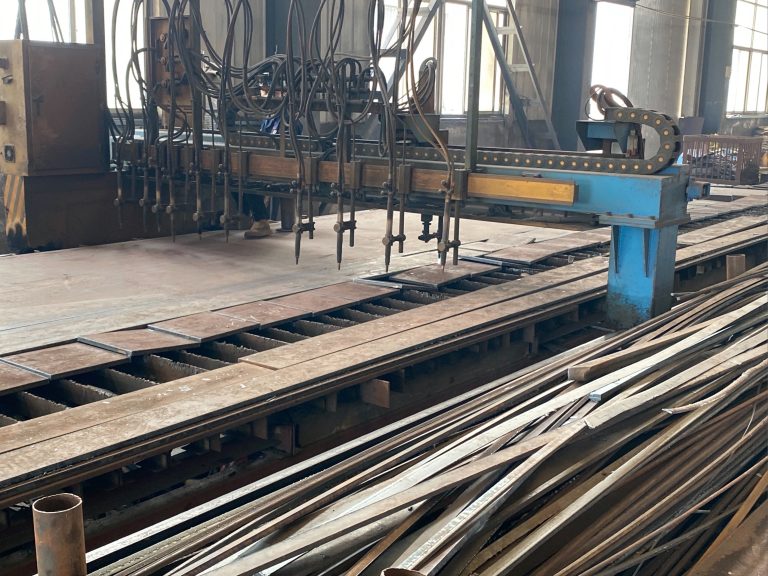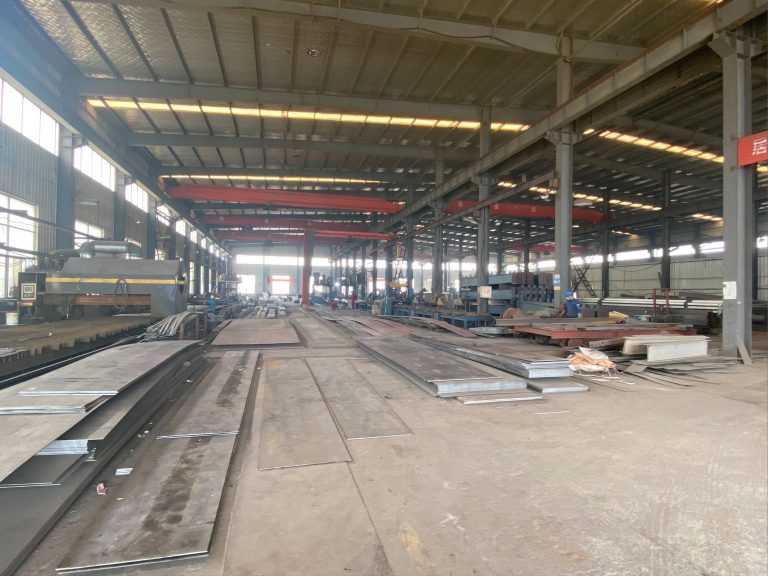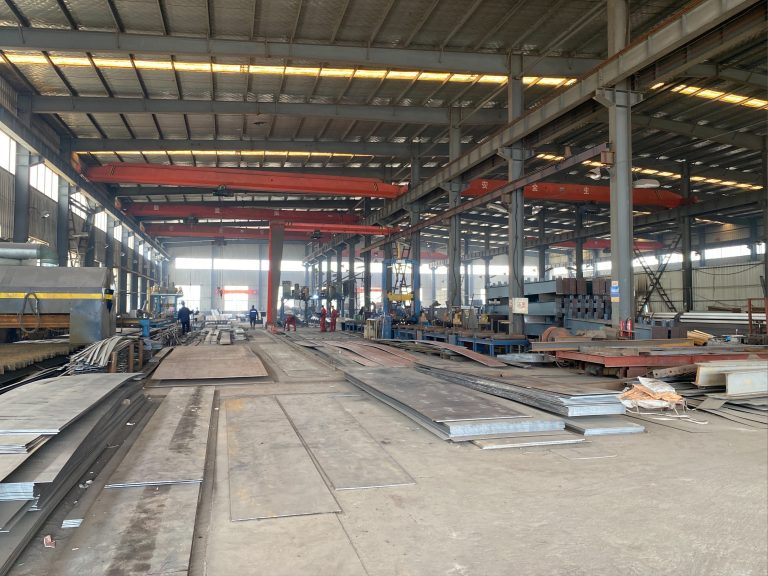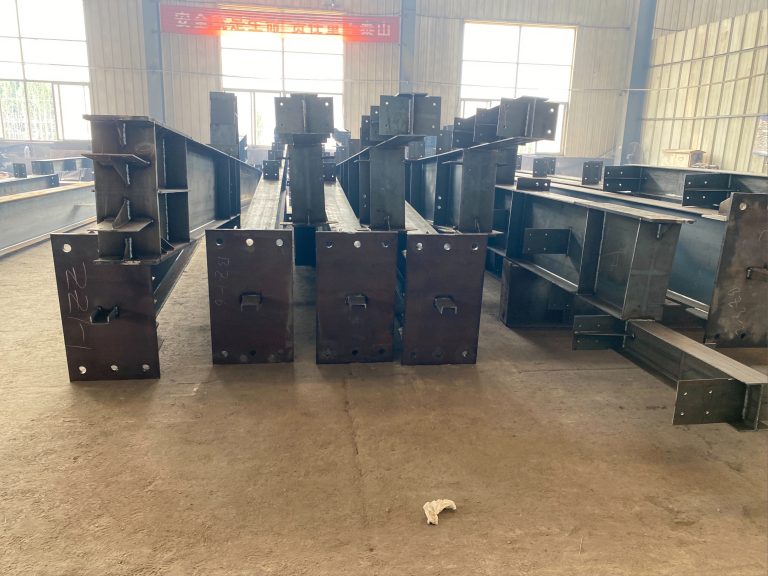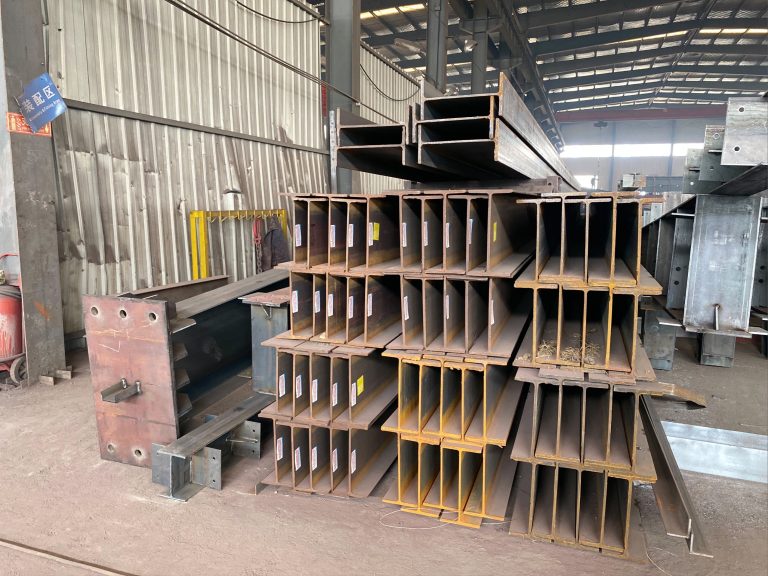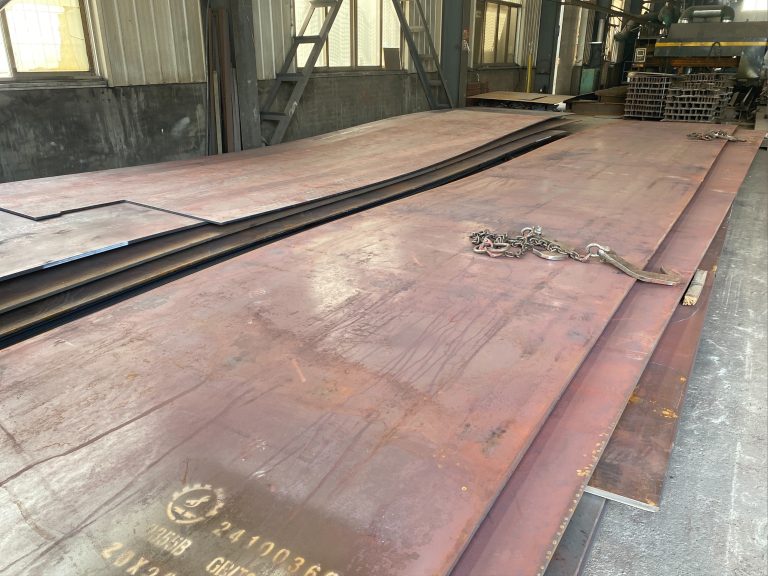Sustainable Materials in Flat Pack Container Houses
Table of Contents
Benefits of Using Recycled Materials in Flat Pack Container Houses
Sustainable Materials in Flat Pack Container Houses
Flat pack container houses have gained popularity in recent years as a cost-effective and environmentally friendly housing solution. These modular homes are constructed using shipping containers, which are repurposed into living spaces. One of the key factors that make flat pack container houses sustainable is the use of recycled materials in their construction.
Using recycled materials in flat pack container houses offers a range of benefits, both for the environment and for homeowners. By repurposing materials that would otherwise end up in landfills, these homes help reduce waste and minimize the environmental impact of construction. Additionally, using recycled materials can also lower the overall cost of building a flat pack container house, making it a more affordable housing option for many people.
One of the most common recycled materials used in flat pack container houses is steel. Shipping containers are typically made of steel, which is a durable and long-lasting material. By repurposing these containers into homes, builders can take advantage of the strength and durability of steel without the need for new materials. This not only reduces the demand for new steel production but also helps prevent the depletion of natural resources.
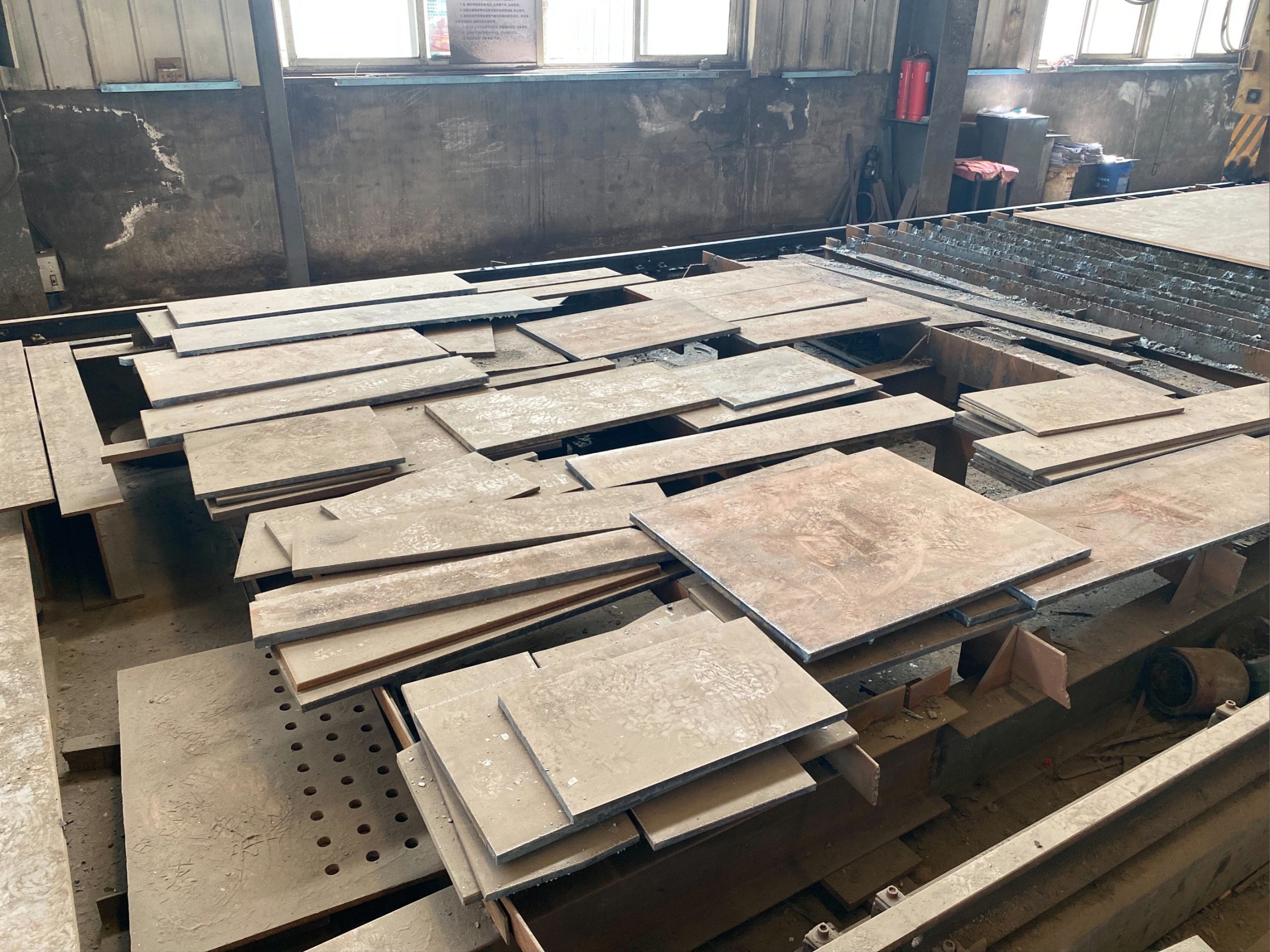
In addition to steel, other recycled materials such as reclaimed wood, recycled glass, and recycled plastic can also be used in the construction of flat pack container houses. These materials offer a sustainable alternative to traditional building materials, helping to reduce the environmental impact of construction while still providing a high-quality and aesthetically pleasing living space.
Using recycled materials in flat pack container houses can also help improve indoor air quality. Many traditional building materials contain harmful chemicals and toxins that can off-gas over time, leading to poor indoor air quality. By using recycled materials that have been properly treated and tested for safety, homeowners can create a healthier living environment for themselves and their families.
Furthermore, using recycled materials in flat pack container houses can help reduce energy consumption and lower carbon emissions. Many recycled materials require less energy to produce than new materials, which can help reduce the overall carbon footprint of a home. Additionally, using recycled materials can also help improve the energy efficiency of a home, leading to lower utility bills and a more sustainable living space.
Overall, the use of recycled materials in flat pack container houses offers a range of benefits for both the environment and homeowners. By repurposing materials that would otherwise end up in landfills, these homes help reduce waste and minimize the environmental impact of construction. Additionally, using recycled materials can lower the overall cost of building a flat pack container house, making it a more affordable housing option for many people. With the growing emphasis on sustainability and environmental responsibility, the use of recycled materials in flat pack container houses is a step in the right direction towards creating a more sustainable future.
How Sustainable Materials Can Reduce Environmental Impact in Flat Pack Container House Construction
Sustainable materials play a crucial role in reducing the environmental impact of construction projects, including flat pack container houses. These innovative housing solutions are gaining popularity due to their affordability, durability, and ease of assembly. However, the materials used in their construction can have a significant impact on the environment. By incorporating sustainable materials into flat pack container house construction, builders can minimize their carbon footprint and contribute to a more eco-friendly future.
One of the key benefits of using sustainable materials in flat pack container houses is the reduction of greenhouse gas emissions. Traditional construction materials, such as concrete and steel, are known for their high carbon footprint due to the energy-intensive processes involved in their production. In contrast, sustainable materials like bamboo, recycled wood, and reclaimed metal have a lower environmental impact as they require less energy to manufacture. By choosing these materials, builders can significantly reduce the carbon emissions associated with flat pack container house construction.
In addition to reducing greenhouse gas emissions, sustainable materials also help conserve natural resources. Many traditional construction materials are sourced from finite resources, such as forests and mines, leading to deforestation, habitat destruction, and soil erosion. By using sustainable materials like bamboo, which is a rapidly renewable resource, builders can help preserve natural ecosystems and reduce the demand for virgin materials. Furthermore, recycled wood and reclaimed metal can divert waste from landfills and give new life to materials that would otherwise be discarded.
Another benefit of sustainable materials in flat pack container houses is their energy efficiency. Sustainable materials like straw bales, hempcrete, and rammed earth have excellent thermal properties, providing natural insulation and reducing the need for artificial heating and cooling systems. This not only lowers energy consumption but also decreases utility bills for homeowners. By incorporating these materials into flat pack container house construction, builders can create more energy-efficient and comfortable living spaces while reducing their environmental impact.
Furthermore, sustainable materials in flat pack container houses can improve indoor air quality. Many traditional construction materials contain harmful chemicals, such as volatile organic compounds (VOCs) and formaldehyde, which can off-gas and pollute indoor air. Sustainable materials like low-VOC paints, natural insulation, and non-toxic finishes are healthier alternatives that promote a safer and more comfortable living environment. By choosing these materials, builders can create flat pack container houses that prioritize the health and well-being of their occupants.
In conclusion, sustainable materials play a vital role in reducing the environmental impact of flat pack container house construction. By choosing materials that are low in carbon emissions, sourced sustainably, energy-efficient, and non-toxic, builders can create eco-friendly housing solutions that benefit both the planet and its inhabitants. As the demand for sustainable housing continues to grow, it is essential for builders to prioritize the use of sustainable materials in flat pack container houses to create a more sustainable future for all.

